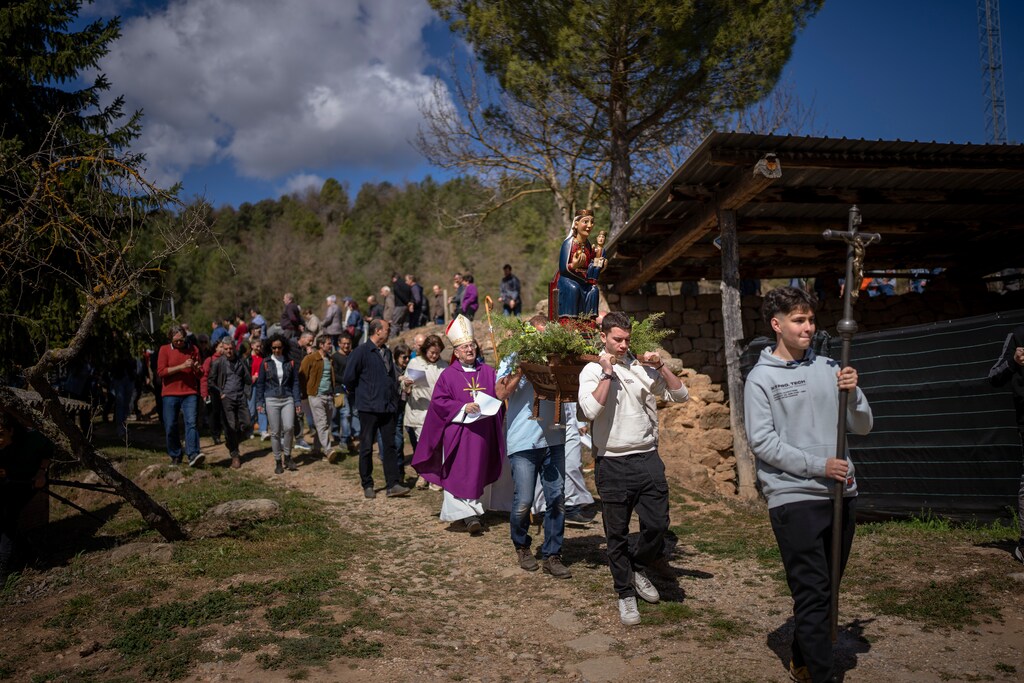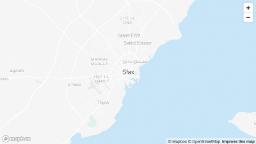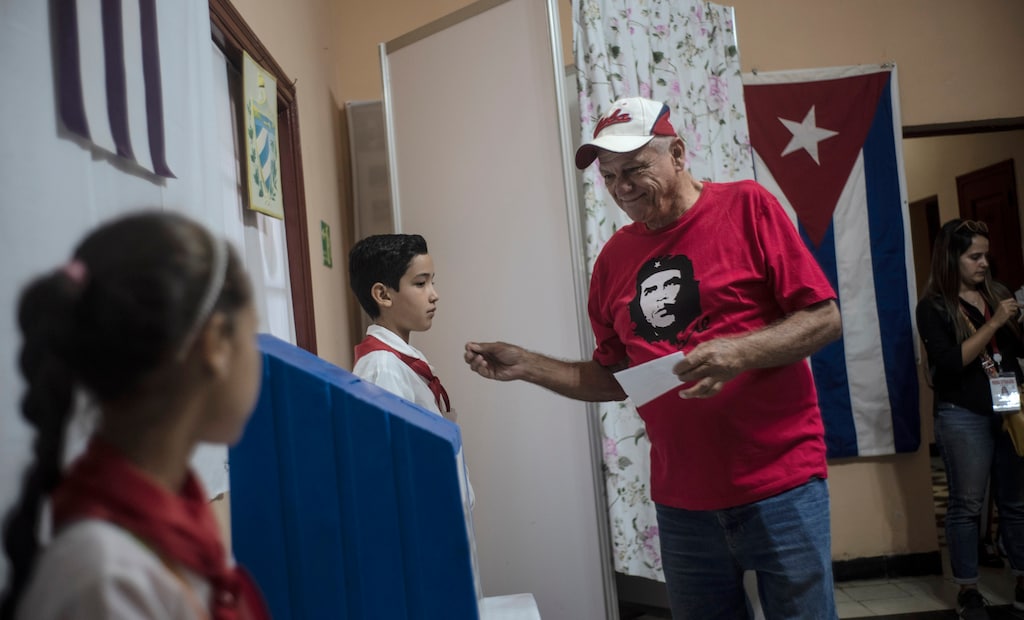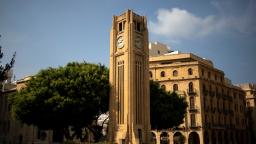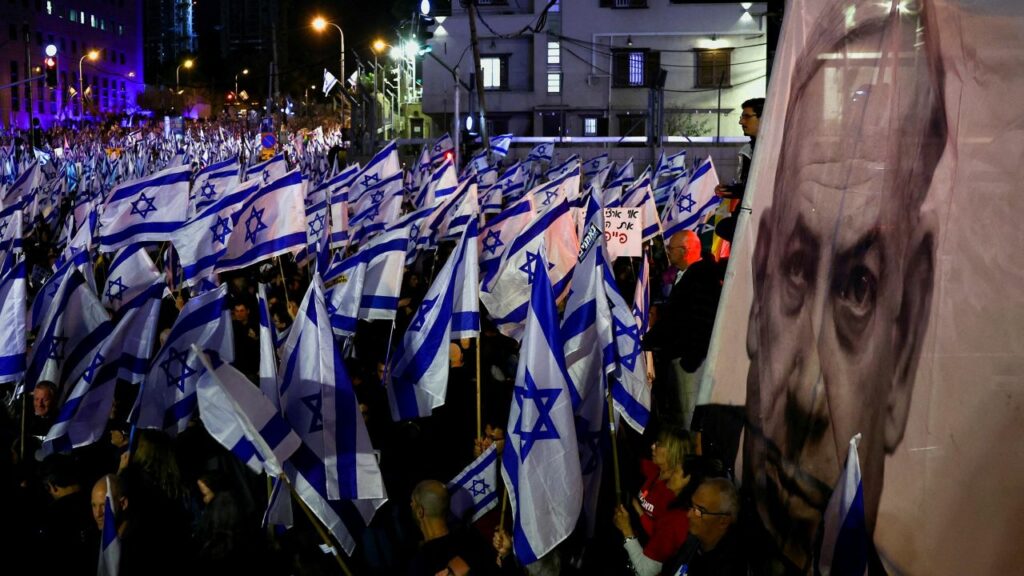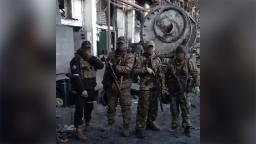Lalrp.org:
“The loss of life we face if Israel goes down into Gaza is huge,” said Bob Kitchen, vice president for emergencies at the International Rescue Committee, a humanitarian relief organization operating in Gaza.
Israeli officials say a Rafah operation is needed to complete its goal of destroying Hamas, the Palestinian group that controls Gaza, after the group’s devastating Oct. 7 attack on Israel.
Netanyahu remains defiant in face of U.S. opposition
On Wednesday, addressing Israelis in Hebrew, Netanyahu said: “I want you to know that I have already approved the IDF’s operational plan, and soon we will also approve the plan to evacuate the civilian population from the battle zones.”
The preparations for the invasion, he said, will take a “little time.” Netanyahu acknowledged disagreements with the United States over his plans for Rafah, adding that he pushed against President Biden in a call this week, arguing that the operation was necessary to “eliminate the remnants of Hamas battalions.”
Earlier in the week, White House national security adviser Jake Sullivan told reporters that Biden remains “deeply concerned” about Israel’s plan.
Biden asked Netanyahu to send a team of military, intelligence and humanitarian officials to Washington for discussion, Sullivan said, because Israel has so far “not presented us or the world with a plan for how or where they would safely move those civilians, let alone feed and house them and ensure access to basic things like sanitation.” In the meeting, U.S. officials will present an “alternative” approach for taking out Hamas without a ground invasion, he added. The meeting is expected to take place next week and will include Israeli Strategic Affairs Minister Ron Dermer and national security adviser Tzachi Hanegbi among others.
Almost 9 in 10 Palestinians in Gaza displaced
The population of Rafah has swelled to “at least” 1.4 million people, Juliette Touma, director of communications for the U.N. agency for Palestinian affairs, UNRWA, wrote in a message. “This is five times the population prewar,” Touma said of Rafah, whose population was estimated at 280,000 before Oct. 7.
Israeli officials have not specified what their plans for Rafah look like. The country’s military has already conducted strikes in the area. In mid-February, Israel’s military rescued two hostages under the cover of deadly airstrikes that local officials said killed at least 67, and in December, an airstrike hit near Kuwait Hospital, killing at least 18 people, according to hospital workers.
The war in Gaza has drastically reshaped the demographics of the strip. Almost 9 in 10 people living in Gaza are now displaced, according to U.N. estimates, while World Health Organization Director General Tedros Adhanom Ghebreyesus said on Feb. 1 that “over 100,000 Gazans are either dead, injured, or missing and presumed dead.”
Before Oct. 7, the most populated portion of the strip was Gaza City in the north.
- On Oct. 13, six days after the Hamas-led assault on Israel that began the war, Israel ordered the evacuation of more than 1 million people living in the areas above the Wadi Gaza wetlands. Many took refuge in Gaza’s second-largest city, Khan Younis, in the south.
- At the start of December, Israeli authorities ordered Palestinians in Khan Younis to move to new areas as Israel’s forces conducted military operations in the city.
- More than half of Gaza’s total population is thought to be in Rafah, where many were “living in makeshift structures, tents or out in the open,” Jens Laerke, a spokesman for the U.N. Office for the Coordination of Humanitarian Affairs (OCHA) said in February, adding that the city had become a “pressure cooker of despair.”

Timeline of evacuation calls
Previously under evacuation
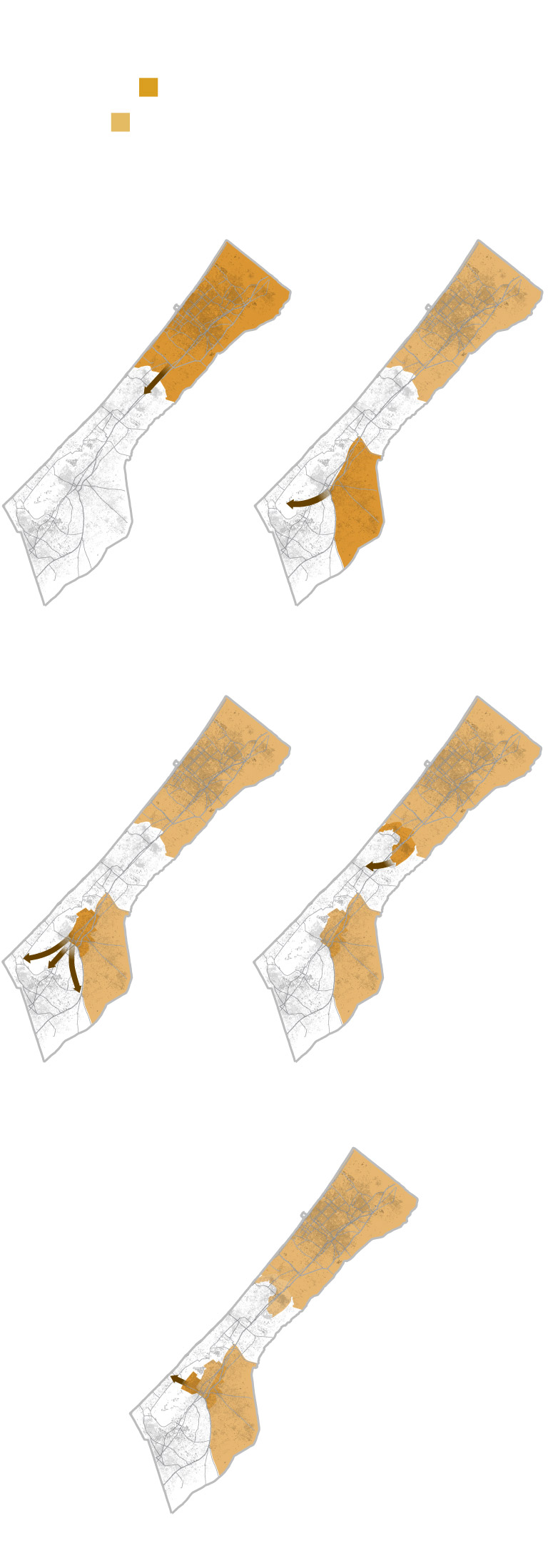
Timeline of evacuation calls
Previously under evacuation
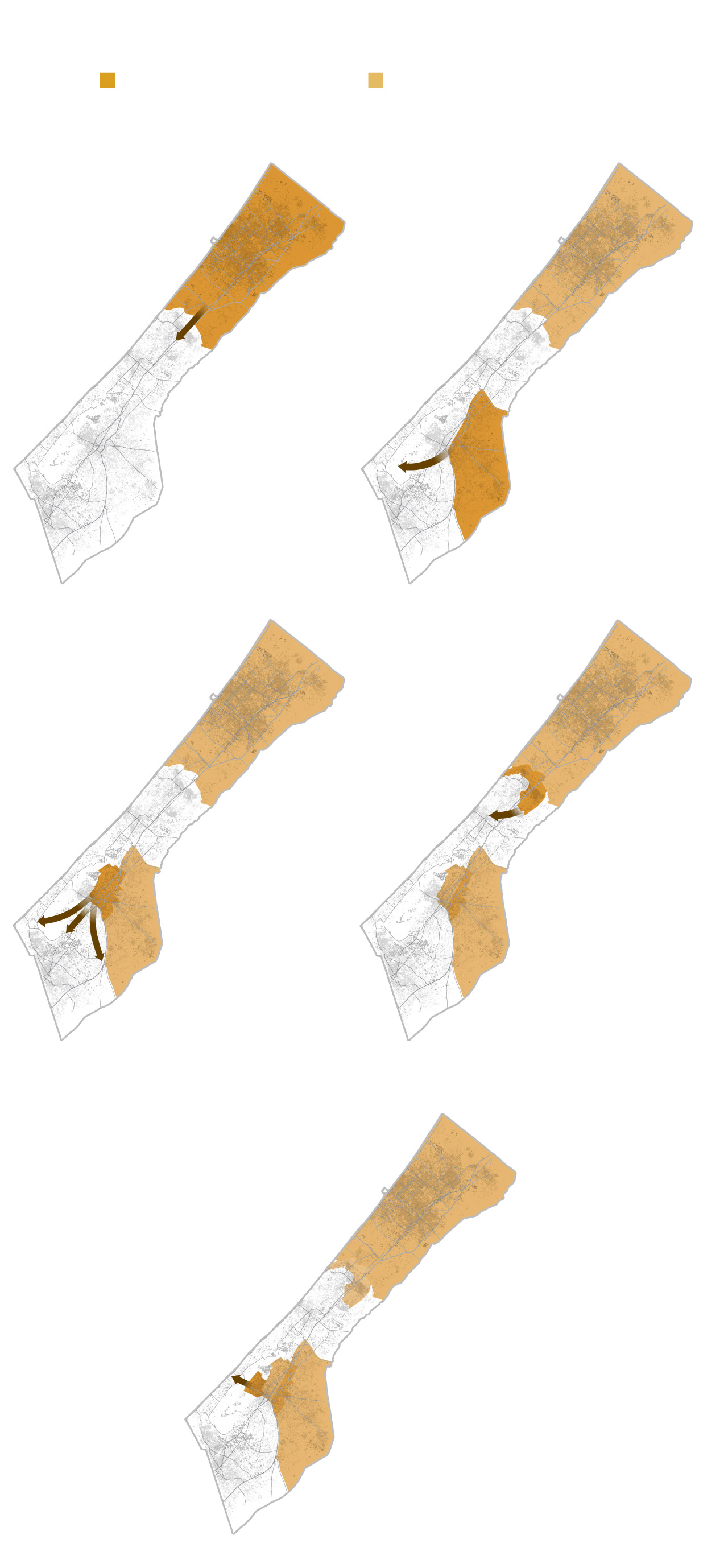
Timeline of evacuation calls
Previously under evacuation
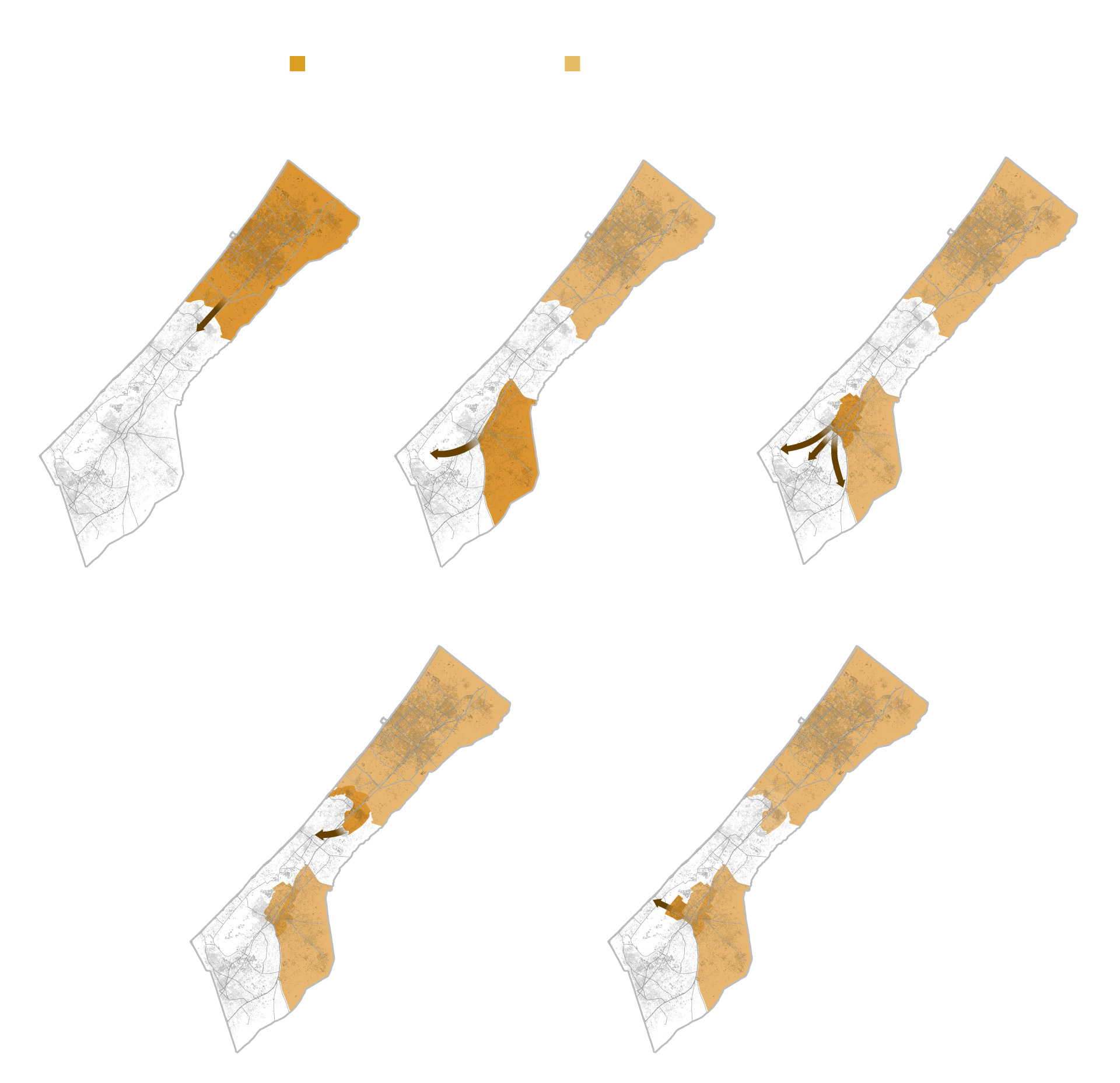
Timeline of evacuation calls
Previously under evacuation
A mounting humanitarian crisis
For those facing bombardment in the enclave, leaving Rafah is not a straightforward process. The area is home to the Rafah crossing, which joins the southern edge of the Gaza Strip to Egypt’s northern Sinai region, and Egypt is determined to avoid an exodus of Palestinian refugees, with concerns for the political and security repercussions.
The crossing — the only link from Gaza that Israel does not directly control — is open but has been restricted to people who are able to secure spots on lists from embassies evacuating their nationals and affiliates and people able to pay expensive fees to travel companies that facilitate movement across the border.
Aid groups have warned that an invasion of Rafah would lead to an even bigger humanitarian catastrophe in the besieged enclave, parts of which might already be in the grips of famine.
A new report by international food security experts outlined a grim prediction: that up to half the population of Gaza — 1.1 million people — is expected to face catastrophic levels of acute food insecurity between now and July if Rafah is invaded and the conflict escalates.
Jamie McGoldrick, the U.N. humanitarian coordinator for Palestinian territories, said a Rafah offensive would break down the already precarious Gaza aid distribution network, Reuters reported.
One Palestinian aid worker, who spoke on the condition of anonymity because he was not authorized to speak publicly, wrote in a message that the widespread use of tents reminded him of stories his grandfather told him about the living conditions for refugees after the 1948 Israeli-Arab war. The tents, which can be up to 200 square feet in size, would house an entire family or two, the aid worker said.
Sanitary precautions have broken down amid the overcrowding. “Thousands and thousands of people are sharing individual toilets,” Kitchen said, adding that IRC workers in Rafah had seen “queues of four to five hours” to use the bathrooms. Open defecation and urination create public health risks.
“We’re already seeing massive reports of acute watery diarrhea, which I think, if tested, would be proven to be cholera,” Kitchen said.
correction
A previous version of this article incorrectly said Israeli Defense Minister Yoav Gallant posted his remarks about Rafah on X, formerly Twitter, on Feb. 2. He posted on Feb. 1.
Karen DeYoung and Rachel Pannett contributed to this report.


